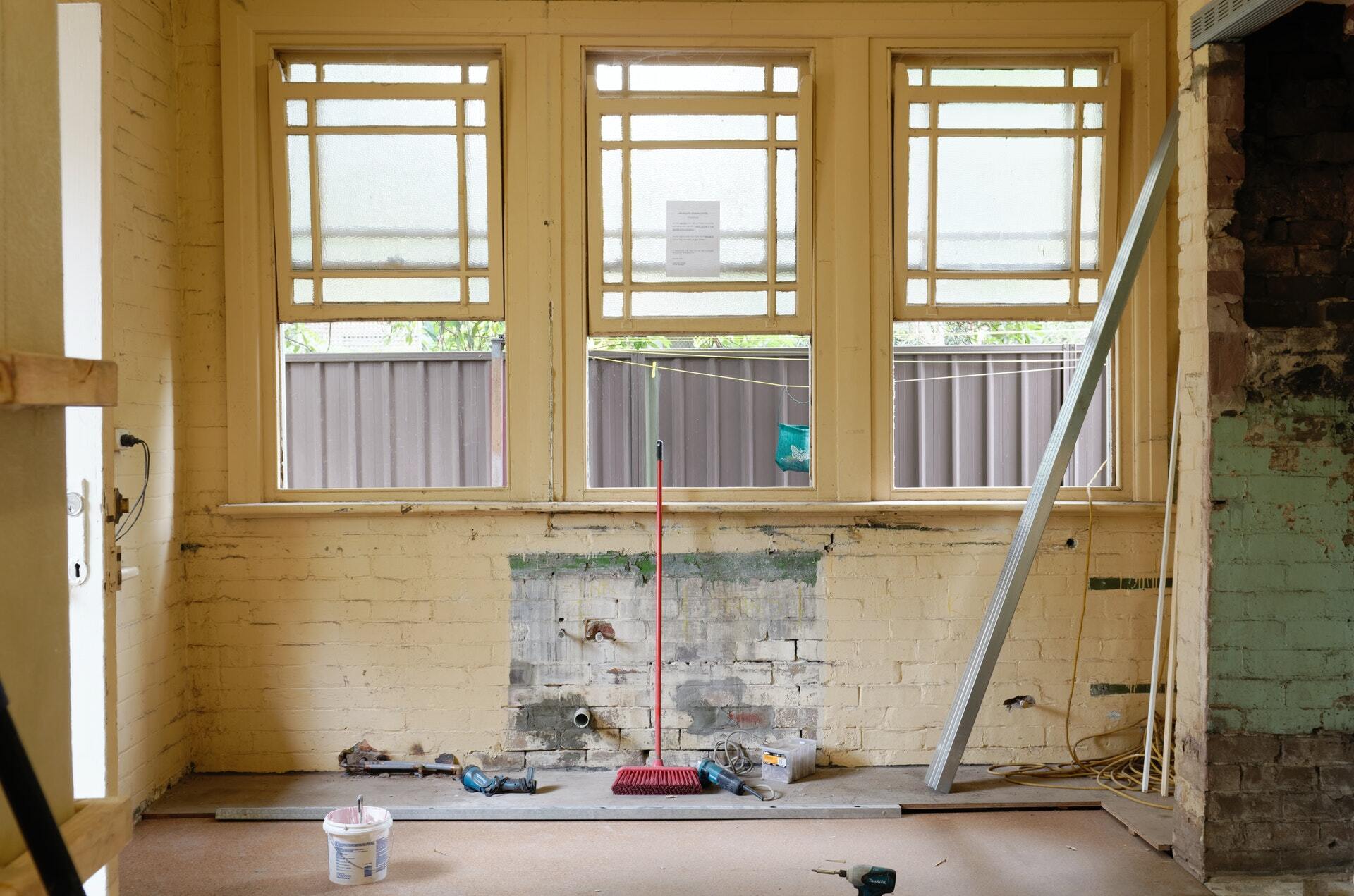How long your landlord has to fix something depends on how critical the repair is. For critical repairs that violate the warranty of habitability, the landlord usually has to fix it in short order. Depending on the state you’re in and how critical the repair is, that could mean 24 hours or it could mean up to 30 days.
The warranty of habitability is the landlord’s implied responsibility to make sure all of the properties they manage are habitable. If the lack of a repair makes living in the unit impossible or incredibly challenging, not handling it in a timely manner could violate the warranty of habitability.
Often, the impact on habitability determines the severity of the situation. Generally, any repair that would cause a property to become unhabitable is deemed critical. For those that don’t harm habitability, they are usually labeled non-critical.
There is also a third category: maintenance. Landlords typically have to complete specific kinds of maintenance to ensure the property remains in habitable shape. This work isn’t the result of a reported problem. Instead, it’s preventative in nature.
Critical Repairs
Critical repairs usually lead to violations of the warranty of habitability. In most cases, landlords have 24 hours to seven days to begin fixing issues in this category, depending on local law.
Some common issues that qualify as critical include:
- No hot water
- No drinkable water
- No electricity
- No heat during the winter
- Non-functional air conditioning during the summer
- Non-functional plumbing
- Missing or non-functional carbon monoxide or smoke detectors (aside from dead batteries)
- Non-functional refrigerator (if provided by the landlord)
- Pest infestations
All of those issues could make living in the unit incredibly difficult or unsafe. As a result, landlords have to address the problems quickly.
However, different states do treat some of the issues above differently. For example, non-functional air conditioning during the summer may only classify as a critical repair in states where the temperatures tend to be higher. Pest infestation rules also vary dramatically.
Exactly how long a landlord has to fix the issue also differs from one state to the next. For example, while one state may require landlords to repair provided refrigerators within seven days, others may give them up to 14 days to handle the situation.
If you aren’t sure whether an issue qualifies as a critical repair in your area or how long a landlord has to fix the problem, it’s best to do some research. Look into local landlord-tenant laws to see which issues fall in this category and the timeline your landlord has to follow to ensure habitability.
Non-Critical Repairs
Non-critical issues may be bothersome, but they don’t create a safety issue or violate the warranty of habitability. Since they don’t make a unit unlivable, landlords have more time to fix these types of problems. Typically, the timeline for handling the issue is 30 days, though it does vary based on local law.
Some common non-critical repairs include:
- Dripping faucets
- Noisy HVAC systems
- Noisy appliances
- Broken minor appliances (if supplied by the landlord)
- Non-functional ceiling fans
- Torn window screens
There are certainly other non-critical repairs that may arise. However, the examples above should give you some insights into what issues in this category typically look like, allowing you to ensure your expectations are reasonable if you report a problem.
As with critical repairs, laws do vary for non-critical issues. Both what falls in this category and the timeline may differ between states.
There might also be rules in your lease that place specific non-critical repair responsibilities on the tenant. As long as those clauses align with local law, then they are enforceable.
If you aren’t sure where your issue falls, research laws in your state and city first. Then, check your lease for clauses that may dictate who is responsible. That way, you’ll know whether it’s your landlord’s responsibility, as well as how long they have to fix the problem if it does fall in their hands.
Maintenance Responsibilities
In many cases, landlords handle certain issues proactively. For example, since they are responsible for ensuring public areas remain safe, they may clean those portions of the property regularly. Similarly, to avoid pest infestations, they might have regular treatments applied by pest control professionals. To ensure plumbing problems don’t arise, they may have the pipes inspected and cleaned out on a set schedule.
Generally, a landlord’s maintenance responsibilities are also outlined by state law. If a tenant notices an issue and chooses to report it, the repair usually falls under either the critical or non-critical category, outlining the timeline the landlord has to complete the fix.
What Tenants Have to Fix on Their Own
There are situations where the landlord isn’t actually responsible for a repair, even if the problem could impact the habitability of the unit. Usually, this includes issues created by the tenant that fall outside of standard wear and tear damage.
For example, while a landlord is typically responsible for plumbing issues, if the tenant reports a clog that is actually the result of misuse, the tenant may be responsible for getting it fixed, not the landlord. The same goes for broken major appliances. If improper use is what caused the damage, the tenant is responsible.
Pest infestations may or may not be the tenant’s responsibility. The laws vary from one state to the next, as well as the cause and extent of the infestation. In some areas, if pests are present due to a tenant’s actions, such as a lack of cleanliness, and they only impact that tenant’s unit, the tenant may have to handle the problem. However, that isn’t universally true.
As with other kinds of issues, it’s best to review local landlord-tenant laws and your lease to see where responsibility lies. That way, you know when you’ll need to address the problem and when the fix is something your landlord needs to manage.
What to Do If Your Landlord Isn’t Taking Care of Repairs
If your landlord isn’t handling repair requests in accordance with local law, you do have some options. However, don’t take any of the actions discussed below until you’ve made your repair request in writing.
In the letter, clearly outline the issue you need addressed. Let the landlord know the nature of the situation, as well as the impact it has on habitability. Generally, a written request is best because it establishes a formal timeline. Plus, it may be required by state law or in your lease.
Document the problem thoroughly, including taking pictures whenever possible. If you can, send your landlord copies of the images. Even if that isn’t an option, you’ll still want photographs for your own records.
When you send the letter, make sure it’s a certified one that comes with a delivery receipt. That way, you have proof that the letter was received and know exactly when it was delivered to your landlord. Usually, the required repair timeline doesn’t begin until the letter is delivered, which is why a receipt is so vital.
In most cases, your landlord will step up once they receive the letter. If they don’t, you may be able to take certain actions once the required time for a fix passes. However, what options are available to you can vary by state law.
In some states, tenants can withhold rent until the repair is handled. At times, a tenant may be able to hire a contractor to fix the issue, deducting what they paid from their rent.
Tenants usually also have the right to contact a local building agency or housing authority to report the problem. With this, inspectors may come out to assess the issue and, if the landlord did violate local law, may levy penalties, such as fines or fees.
If the unit is unhabitable, the tenant may be able to end their lease early. Tenants may also have the right to file a lawsuit over the issue. If a tenant sues, the grounds for the case may depend on the severity of the situation, the impact of the problem, which laws or lease clauses were violated, the tenant’s actions after the written notification, and other factors.
Since the rules can vary, it’s best to review state and local law before taking any of the steps above. That way, if you do decide to take action, you can do so in accordance with the rules.



